Our world has changed over the last few weeks in countless ways, and it's unclear which of these dramatic shifts will become the new normal moving forward.
One thing that is clear is the fact that the consumer shift toward digital — which was already happening well before the current crisis — has been rapidly accelerated by large swathes of the population staying home for the foreseeable future. Not surprisingly, digital media consumption has skyrocketed.
What this means for online shopping is yet to be seen. Right now, many consumers are dealing with job loss, financial insecurity, and guilt over buying non-essentials, but a time will come when the engines of commerce will resume. They may just run differently, as Forbes recently noted, with an emphasis on digital channels.
This presents an interesting moment in time for brands to look ahead and consider leaning even further into the digital space as they look to connect with consumers and drive — or recoup — business.
For many, this will require a huge shift toward digital advertising.
Of course, one concern is that the digital advertising space has already been oversaturated. In fact, one of the largest advertising research companies in the world, Kantar Millward Brown, published an article a few years ago entitled “Will Advertising be Dead by 2025?” A little hyperbolic, sure, but it does call out some viable concerns about the future of advertising — now and post-crisis.
The fact of the matter is, most consumers are turned off by and tuned out to ads. Advertisers either oversaturate the market with generic, irrelevant ads or intrusively follow them around with overaggressive remarketing.
This is damaging the all-important notion of receptivity.
On the surface, ad receptivity is defined as a consumer’s willingness to receive a message from a brand. The consequences of losing that willingness aren’t just going to affect your bottom line — they could affect how much people trust your brand, too.
So, what can you do to avoid these losses and ensure that your customers remain receptive once we all adjust to the new normal?
A Consumer-Minded Approach
Looking back at Kantar’s article, I agree there is cause for concern here. But I also believe that ad experiences can still offer tremendous value when created with a consumer-minded approach.
In order to do that, you need to gain the deepest understanding possible of your customers — who they are, the challenges they face, and how they eventually come to make purchase decisions. This can then inform your media, creative messaging, and even your ad formats.
In this way, you can transform the ad experience from an intrusion to something relevant and meaningful.
R-E-C-E-P-T-I-V-E, Find Out What It Means to Me
Today, we have more data points and more ways to target consumers online than ever before, and there are many factors that play a role in their receptivity, such as timing, location, life stage, and interests.
The responsible approach to developing ads is thus more about marrying that receptivity with the right execution, rather than coming up with a list of disruptive ads to hammer people mercilessly with.
At CSI, we typically group innovative ad formats into 3 categories: passion, interest, and action. This is not to say there aren’t more ad formats or that there isn’t overlap between these groupings; these are just some of our favorites.
Now, let’s walk through why these ad formats work best based on the end user’s mindset.
Passion Ads
These are the types of ad units that have significant meaning to someone truly passionate about something — an enthusiast! Google Ads uses various signals to target by affinity, which can distinguish if someone is actually passionate about something or just interested.
360° ads
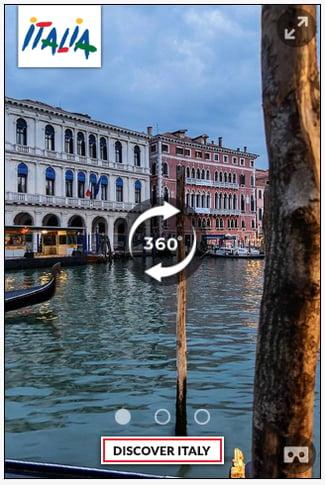
These ads immediately grab a user’s attention and take them on an immersive journey. They feature either a video or image that offers a panoramic view of something that can be adjusted by dragging the viewfinder or tilting a mobile phone.
This interactivity is a great way for brands to engage with consumers by encouraging them to take control, look around, and discover more.
Virtual Reality Ads
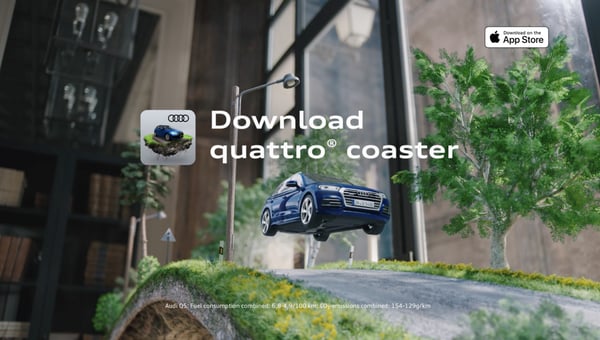
VR ads allow users to enter a specific virtual experience using software that creates a computer-generated 3D environment. Advertisers can create a virtual brand experience and embed products and services that users can interact with digitally.
This typically involves wearing a pair of VR goggles (e.g. Oculus Rift) outfitted with head-tracking technology and other motion sensors.
Augmented Reality Ads
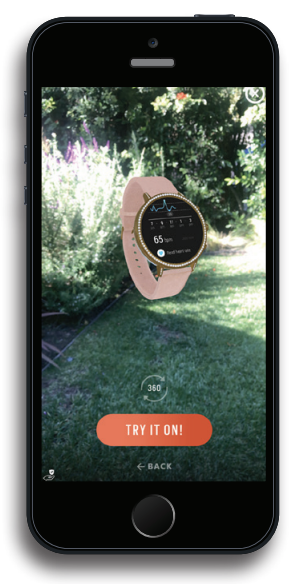
AR ads differ from VR ads in that they are overlays of brand content or products in the real world, living directly inside a camera experience. These ads typically come to life within a conventional in-feed ad, sponsored content, in-app or in-game ads, and across participating social platforms or AR-enhanced websites.
Social networks such as Instagram, Facebook, and Snapchat have popularized shareable AR lenses and filters, and many consumer brands have waded into the virtual “try before you buy” experience to bolster online sales.
Interest Ads
These ad units involve advertising to consumers that have shown interest in your brand and are open to hearing more. They are typically served based on retargeting with the goal of encouraging users to keep your brand or a specific product top-of-mind.
The trick is to set a frequency cap, as to not bombard them with continuous ads.
Dynamic Ads
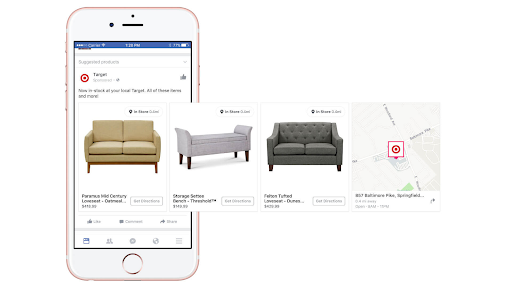
Dynamic creative optimization (DCO) involves ads that are typically served programmatically and create a personalized experience based on a user’s data at the moment of ad serving.
Instead of creating dozens of different ads that need to be targeted individually, you can create just one template that gets dynamically populated with different creative elements to speak more specifically to the user, including custom headlines, specific product images, CTAs, etc.
Ads are served with the utmost relevancy based on specific content engagement and actions taken on the advertiser’s website. You’ll recognize this if you’ve ever viewed a product on Amazon and then saw Amazon ads for that very same product across other websites.
With the right creative assets and retargeting pixels, any good demand-side platform can serve up DCO ads.
Local Campaigns
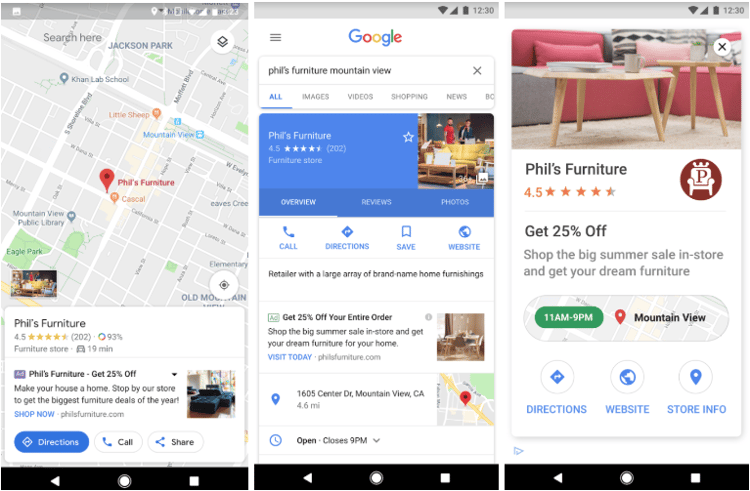
Local campaigns within Google Ads are specifically designed to drive interested customers into your physical store. They target users that are actively searching for your brand, products, or location and deliver localized advertising.
These ads appear across the Google ecosystem on Maps, Search, YouTube, and via Google’s display network. Users are served store information including directions, address, ratings and reviews, promotions, and so much more.
Action Ads
These are ads geared toward audiences that are in-market and ready to pull the trigger on a purchase. This means the user has exhibited not just search and browsing behavior, but shopping behaviors (i.e. adding a product to a cart) where one can definitively say there’s a strong purchase interest.
Shoppable Ads
This is an emerging format that’s quickly becoming more and more popular, driven by the resounding adoption of online shopping. The ad experience offers a specific product or a showcase of multiple products with a ‘buy’ or ‘shop’ CTA that, when clicked, cues up a direct shopping experience on the advertiser’s site.
Shoppable ads are most commonly being served through Google and most social platforms including Facebook, Instagram, and Pinterest, where 90% of users state that the platform helps them make purchase decisions.
Let’s examine Google’s format for shoppable ads. Their opportunity within Google Images allows brands to tag multiple products in a single lifestyle image (see example below). Users can then hover over the ad to reveal more information about each item in the image, including prices and features.
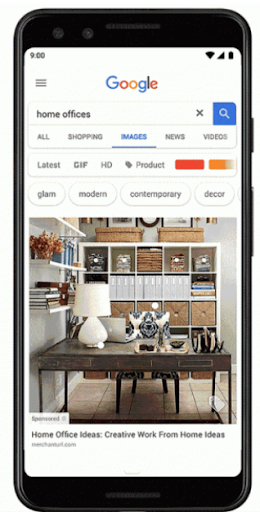
Recent innovations in the shoppable ad space include the use of video and interactivity with 3D products. Recently, Google and YouTube have brought video into the shoppable experience, allowing brands to tell effective stories paired with a shopping CTA.
Product Exploration Ads
Users can go from inspiration to information within advertising experiences offered through Lookbook and Hotspot ads. Scrolling arrows and hotspots encourage users to click or rollover the ad to explore a multitude of product features or different products in a collection.
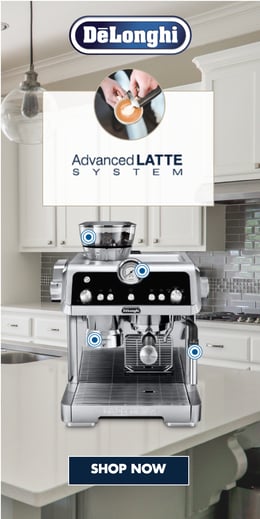
Similarly, advertisers can now showcase products three-dimensionally in ads featuring actions such as zooming in/out, rotation, and animation. It’s exciting to see where this will go next.
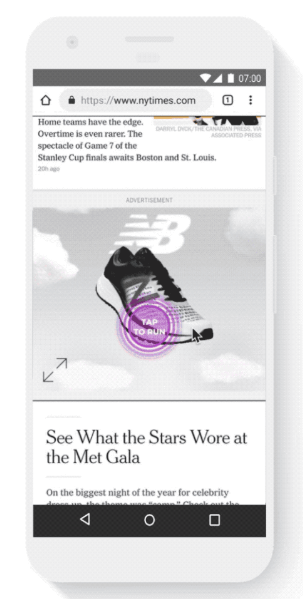
So, What Does It All Mean?
Advertising isn’t going away, but brands do need to evolve or they’ll find it harder and harder to connect with today’s consumers through ads.
I think that advertising evolution needs to be grounded in the idea of receptivity. When you focus your efforts on meeting customers’ needs and leaning into their preferences and behaviors — rather than trying to manipulate them — you will find that they’ll be less inclined to throw their blinders on when they encounter your ads.
It all comes down to an age-old concept that rings true and effective in both life and business: Give the people what they want, when they want it, and they will follow.
.png?width=250&height=153&name=CSI-OverskiesRebrand_LOGO-01(smaller).png)

.png?width=100&height=61&name=CSI-OverskiesRebrand_LOGO-01(smaller).png)

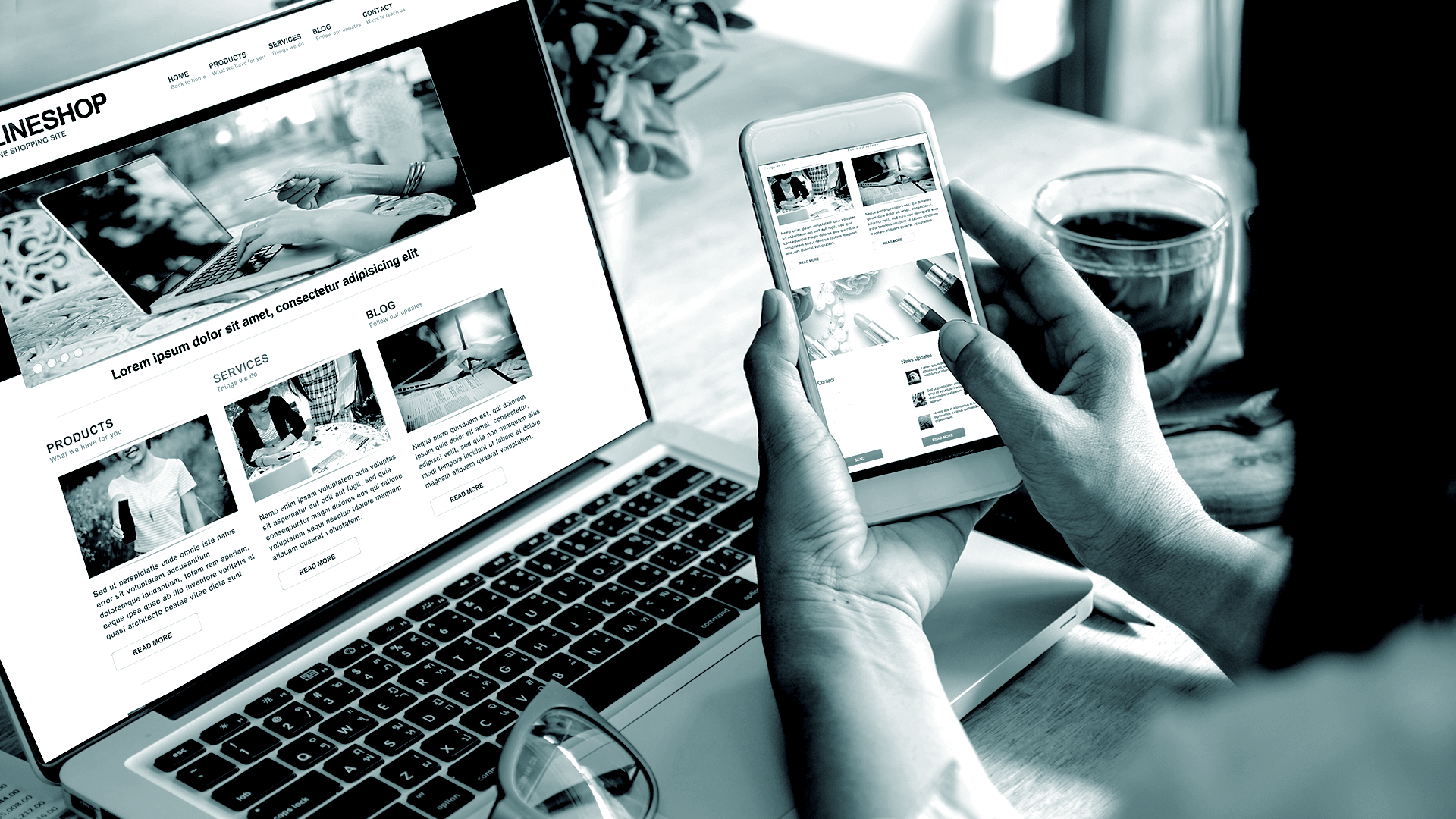
.png?width=88&name=CSI-OverskiesRebrand_LOGO-01(smaller).png)



